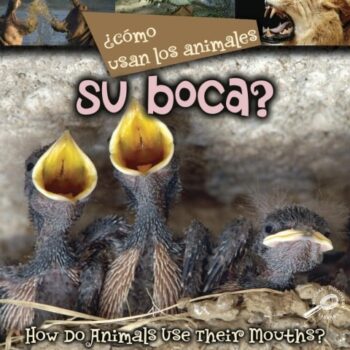Showing 1–16 of 26858 results
Add to basket
Ebook ¡A que sí! cheap pdf
Add to basket
Ebook ¡Al bebé le encantan los quarks! (Baby Loves Science) cheap pdf
Add to basket
Ebook ¡Intrépidos! Dobles de riesgo (Fearless! Stunt People) (Time for Kids Nonfiction Readers) (Spanish Edition) cheap pdf
Add to basket
Ebook ¡Oiga! Déjeme hablarle de Cuarema y Pascua cheap pdf
Add to basket
Ebook ¿Acaso no somos Cristianos?: Nuestra Fe Católica Conforme a la Biblia y la Sagrada Tradición cheap pdf
Add to basket
Ebook ¿Como usan los animales… su boca? cheap pdf
Add to basket
Ebook 'The Spirit of the Lord Came Upon Me' Prophets in Ancient Israel from a Cross-Cultural Perspective cheap pdf
Add to basket
Ebook ‘Ritual Litter' Redressed (Elements in Magic) cheap pdf
Add to basket
Ebook ‚Nationes‘-Begriffe im mittelalterlichen Musikschrifttum: Politische und regionale Gemeinschaftsnamen in musikbezogenen Quellen, 800-1400 (German Edition) cheap pdf
Add to basket
Ebook "A Study Guide for Angie Thomas's ""The Hate U Give""" cheap pdf
Add to basket
Ebook "A Study Guide for Barbara Kingsolver's ""Naming Myself""" cheap pdf
Add to basket
Ebook "A Study Guide for Begum Rokeya's ""Sultana's Dream""" cheap pdf
Add to basket
Ebook "A Study Guide for Bret Harte's ""The Luck of Roaring Camp""" cheap pdf
Add to basket
Ebook "A Study Guide for Cory Doctorow's ""Little Brother""" cheap pdf
Add to basket
Ebook "A Study Guide for Diana Abu-Jaber's ""Arabian Jazz""" cheap pdf
Add to basket
















